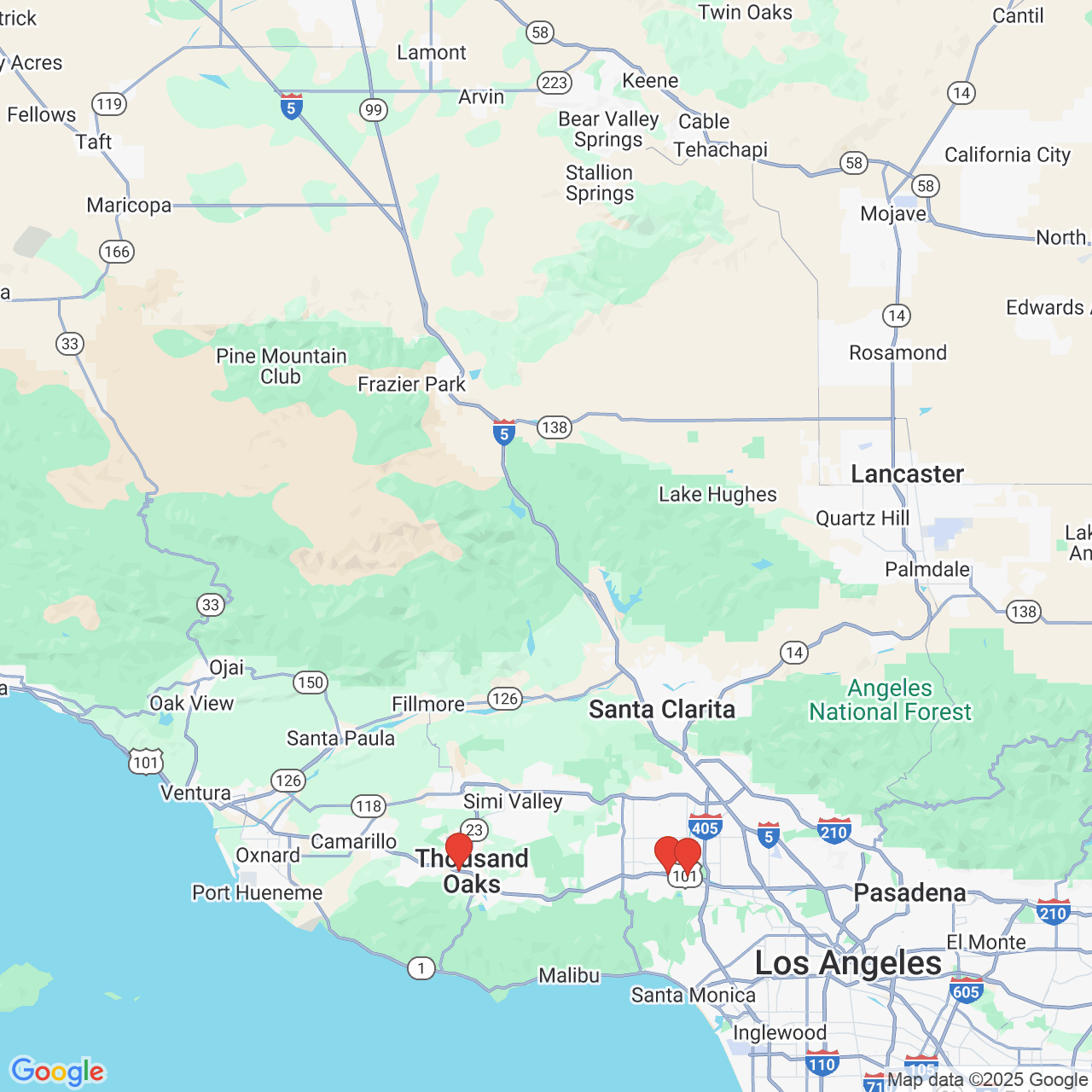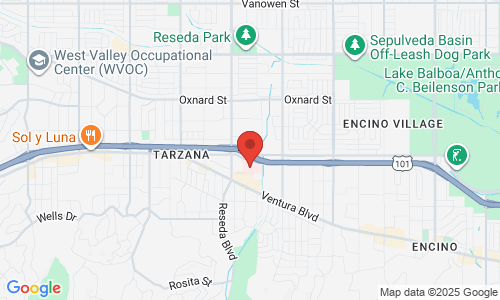Glossary: Important Terms at Our Fertility Clinic
- Adhesion: Scar composed of band-like tissue, attached to organ surfaces, capable of connecting, covering or distorting organs, such as tubes, ovaries, uterus, and bowel.
- Anti-sperm antibody test: A test in which the blood of the female partner and her partner's semen are examined to detect antibodies to sperm. Antibodies can contribute to infertility.
- Assisted reproductive technologies (ART): A collective name for advanced infertility treatments utilizing invitro (laboratory) techniques to assist with gamete handling and fertilization. Includes in-vitro fertilization embryo transfer (IVF-ET) gamete intrafallopian transfer (GIFT), zygote intrafallopian transfer (ZIFT) and tubal embryo transfer (TET), intra-cytoplasmic sperm injection (ICSI) and assisted hatching.
- Biochemical pregnancy: A pregnancy diagnosed by the presence of the pregnancy hormone HCG, in the blood, but no fetus develops by ultrasound, and the pregnancy stops developing very early.
- Blastocyst: Multicellular embryo that is seen five to six days after fertilization.
- Cervix: The lower section of the uterus that protrudes into the vagina and dilates during labor to allow the passage of the infant.
- Clinical pregnancy: A pregnancy confirmed by an increasing level of the pregnancy hormone hCG and the presence of a gestational sac detected by ultrasound.
- Conceptus: A general term referring to the product of the union of the oocyte and the sperm cell.
- Conscious sedation (twilight sleep): A non-invasive way for administrating medications to render a procedure very comfortable. Does not involve general anesthesia.
- Controlled Ovarian Hyperstimulation: The administration of hormone medications to stimulate the ovaries to produce multiple eggs.
- Corpus luteum: A special gland that forms on the surface of the ovary at the site of ovulation. It produces progesterone during the second half of the menstrual cycle and in early pregnancy. Its function is also to prepare the uterine lining for implantation by the fertilized egg.
- Cryopreservation (embryo, oocyte and sperm freezing): A procedure used to preserve (by freezing) and store embryos or gametes (sperm or eggs).
- Diminished Ovarian Reserve: A large reduction in the ability of the ovary to produce good quality eggs. Reasons include advanced maternal age (older than 40), congenital, medical, or surgical causes.
- Donor insemination: The introduction of sperm from a donor into a woman's vagina or cervix using instruments, in order to achieve a pregnancy.
- Ectopic Pregnancy: A pregnancy in the fallopian tube, or elsewhere outside the lining of the uterus. Unfortunately, it cannot develop into a healthy baby.
- Egg Retrieval: The procedure in which eggs are obtained by a needle, from ovarian follicles, removing the fluid and the egg by suction. Also called oocyte aspiration.
- Embryo: The developing conceptus from approximately the second week until approximately the end of the second month.
- Embryo Transfer: Placement of embryos into a woman's uterus after in vitro fertilization.
- Endometriosis: The presence of endometrial tissue (the normal uterine lining) in abnormal locations such as the ovaries or peritoneal (pelvic) cavity.
- Endometrium: The lining of the uterine cavity. This is where the embryo implants.
- Estrogen: The primary female hormone; produced mainly by the ovary from puberty to menopause.
- Fallopian tubes: A pair of tubes that conduct the egg from the ovary to the uterus. Normal fertilization takes place within this structure.
- Fertilization: The fusion of sperm and egg.
- Fetus: The unborn offspring from the eighth week after conception to the moment of birth.
- Fimbria: Finger-like outer ends of the Fallopian tubes.
- Follicle: The fluid-filled sac in the ovary, in which the egg develops and from which the egg is released during ovulation, or aspiration.
- Follicular Phase: The first half of the menstrual cycle when ovarian follicle development takes place, also called the pre-ovulatory stage.
- Follicle Stimulating Hormone (FSH): A hormone produced and released from the pituitary that stimulates the ovary to ripen a follicle for ovulation.
- Frozen embryo transfer: The placement of thawed embryos into the uterus.
- Gamete: A generic term referring to either sperm or the oocyte (egg).
- Gamete intrafallopian transfer (GIFT): The direct transfer of a mixture of sperm and eggs into the fallopian tube immediately following egg retrieval. Fertilization takes place inside the tube.
- Gestation: The period of time from conception to birth.
- Gestational carrier (Surrogate): A woman who carries a pregnancy for another couple. The pregnancy is derived from the egg and sperm of the couple. The gestational carrier has no genetic relationship to the resulting child.
- Human chorionic gonadotropin (hCG): A hormone produced by the placenta: It is the hormone of pregnancy and its detection is used in pregnancy tests. It is also the contents of the "trigger shot" given to induce ovulation.
- Hyperstimulation syndrome: A possible side effect of medically induced ovulation, characterized by swollen, painful ovaries and, in some cases, the accumulation of fluid in the abdomen and chest.
- ICSI (intracytoplasmic sperm injection): A procedure in which a single sperm is injected directly into an egg; this procedure is most commonly used to overcome male infertility problems.
- Implantation: The embedding of the fertilized egg in the lining of the uterus.
- Insemination: Injection of sperm into the uterus (intrauterine) or cervix (intracervical) for the purpose of producing a pregnancy.
- IUI (intrauterine insemination): Placement of sperm into the uterus to facilitate fertilization.
- In vitro fertilization (IVF): A process in which an egg and sperm are combined in a laboratory dish to facilitate fertilization. If fertilized, the resulting embryo is transferred to the woman's uterus.
- Intramuscular Injection: Injection administered into the muscular tissue (buttocks, thigh).
- In Vitro Fertilization/Embryo transfer (IVF-ET): A procedure in which oocytes are removed transvaginally from ovarian follicles, fertilized artificially, and placed intrauterine through a specialized catheter for embryo transfer.
- Laparoscopy: A surgical procedure to view and evaluate the pelvic organs. During the procedure a long, narrow telescope-like instrument, called a laparoscope, is inserted through an incision in or below the woman's navel. One or two other incisions may be made for inserting additional instruments. Can be diagnostic or therapeutic (used to treat any abnormalities found during the procedure).
- Luteal Phase: The last fourteen days of the menstrual cycle after ovulation has occurred. It is associated with progesterone production. Also called the post ovulatory stage.
- Lutenizing hormone (LH): A hormone produced and released by the pituitary; helps in egg development, hormone production and ovulation.
- Male Factor: Any cause of infertility due to low sperm count or problems with sperm function that make it difficult for a sperm to fertilize an egg under normal conditions.
- Micromanipulation: The IVF laboratory process whereby a single sperm is injected directly into the egg to facilitate fertilization, (ICSI) or the shell around the embryo is thinned to facilitate hatching (Assisted Hatching).
- Miscarriage (also called spontaneous abortion): A pregnancy ending in the spontaneous loss of the embryo or fetus before 20 weeks of gestation.
- Multifetal pregnancy reduction: A procedure used to decrease the number of fetuses a woman carries and improve the chances that the remaining fetuses will develop into healthy infants.
- Oocyte: The egg produced by the ovaries each month. Also called the ovum (gamete).
- Ovarian stimulation: The use of drugs (oral or injected) to stimulate the ovaries to develop follicles and eggs.
- Ovaries: The female sex glands with both a reproductive function (releasing eggs) and an endocrine function (producing the hormones estrogen and progesterone).
- Ovulation: The release of a mature egg from the follicle at the surface of the ovary.
- Ovulation Induction: The administration of hormone medications to stimulate the ovaries to produce multiple eggs. Sometimes called controlled ovarian hyperstimulation.
- Ovulatory dysfunction: A diagnostic category used when a woman's ovaries are not producing eggs normally. It includes polycystic ovary syndrome.
- Pituitary Gland: A gland located at the base of the brain, below the hypothalamus, which controls almost every endocrine gland in the body. Therefore it controls human growth, development and reproduction.
- Progesterone: A hormone produced and released by the corpus luteum of the ovary during the second half of an ovulatory cycle. It is necessary for the preparation of the lining of the uterus for the implantation of the fertilized egg and maintenance of the early pregnancy.
- SART registry: An ongoing collection of IVF results from participating clinics developed and maintained by SART, a society affiliated with the American Society of Reproductive Medicine.
- SCSA (Sperm Chromatin Structure Analysis): A test to evaluate the structure of genetic contents of sperm. This test may be used in some specific cases of infertility and recurrent pregnancy loss.
- Semen: The sperm and seminal secretions ejaculated during orgasm by the male.
- Semen Analysis: The examination of a semen sample for sperm volume, count, motility, morphology and presence of white blood cells.
- Sex selection: A method by which intended parents can pre-select the sex of their child.
- Sperm: Male reproductive cells
- Spermatoza: Sperm.
- Sperm washing: The separation of sperm from seminal fluid to prepare the sperm for intrauterine insemination.
- Subcutaneous injection: Injection administered into the soft tissue beneath the skin (superficial)
- Surrogate (Gestational carrier): A woman who is inseminated either directly or through IVF with the sperm of a man who is not her partner for purposes of conceiving and carrying a child to be reared by the biological father and his wife.
- Transvaginal Aspiration: A method of retrieving eggs out of ovarian follicles by needle aspiration through the vagina.
- Tubal embryo transfer (TET): A process where an early stage embryo is transferred to the fallopian tube via laparoscopy.
- Tubal factor: A diagnostic category used when the woman's fallopian tubes are blocked or damaged, making it difficult for the egg to be fertilized or for an embryo to travel to the uterus.
- Tubal patency: Unobstructed fallopian tubes.
- Unexplained cause of infertility: A diagnostic category used when no cause of infertility is found in either the woman or the man.
- Uterine factor: A structural or functional disorder of the uterus that results in reduced fertility.
- Uterus: The reproductive organ that houses, protects and nourishes the developing embryo, fetus and baby.
- Ultrasound: A technique for visualizing the follicles in the ovaries and fetus in the uterus. It is useful for evaluation of the follicles, endometrium, uterus, and for evaluation of fetal growth and viability (heart motion).
- Vagina: A tubular passageway in the female connecting the external sex organs, labia with the cervix and uterus.
- Zygote: The cell resulting after fertilization of the oocyte by the sperm. Visible in the laboratory 1 day after egg retrieval.
- Zygote intrafallopian transfer (ZIFT): A process in which zygotes are transferred to the fallopian tube at the pronuclear stage (before cell division takes place).






